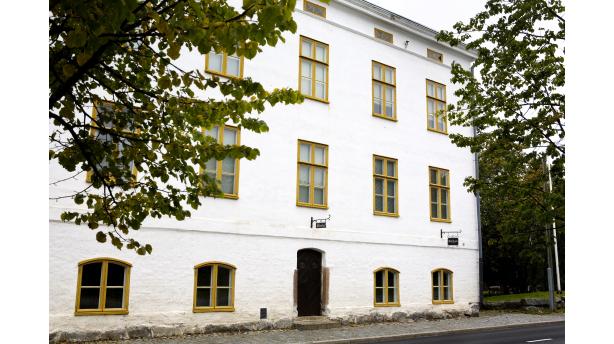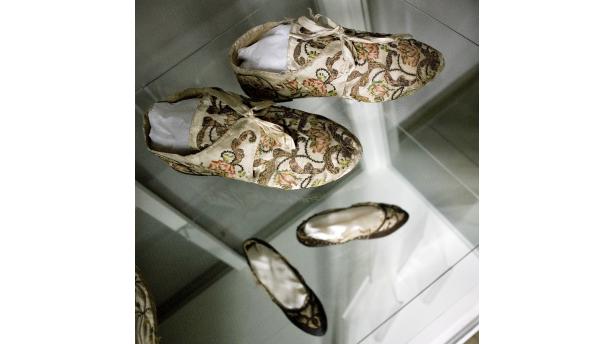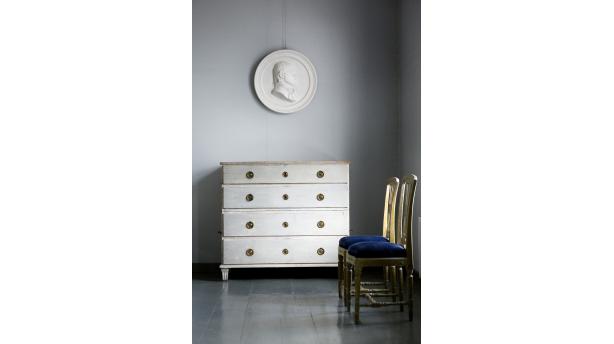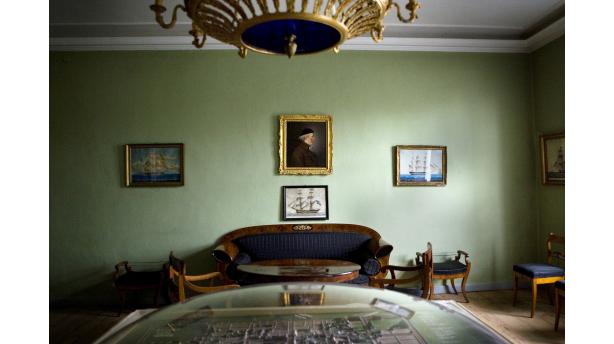Museum A-Ö » Wasastjerna House and Museum of Old Vaasa
Wasastjerna House and Museum of Old Vaasa




Did you know...
The Wasastjerna house has been visited f.eq. by Swedish kings Gustav IV Adolf and Carl XVI Gustav and Russian tsar Alexander I.
The interior decoration of the Wasastjerna House represents the home of a middle-class family during the period before the fire of Vaasa. Step into the 18th century among the Gustavian style furniture or into the 19th century in a neo-rococo style room. The Wasastjerna House provides an authentic historical milieu and a unique view of the history of Vaasa.
The Museum of Old Vaasa is situated in the house, which has been furnished as a bourgeois home from the late 18th century and early 19th century. Vaasa’s richest merchant, Abraham Falander, later known as the noble Wasastjerna, had the house constructed in 1780-81. It was the only privately owned stone building, which was spared in the great fire of 1852.The house has been furnished with items spared in the fire of Vaasa in 1852. Most of the furniture and artefacts used to belong to middle-class families living in Old Vaasa. One of the salons is decorated with a biedermeier style sofa set, which used to belong to the Wasastjerna-Hägglund family. The walls are embellished with portraits of the influential families of the city, such as Wasastjerna and Grönberg. There is also a ship-owner’s office in the house, a 19th century post office as well as maps and scale models displaying the history of Old Vaasa.
One of the pearls of the museum is the Falander hall, which was one of the two large rooms in the stone building with a fixed furnishing. The doors, the windows and the crown molding patterns are examples of the late classic style, whereas the tile stove and wall colours represent an earlier style approximately from the year 1800. The city’s most prominent merchant Abraham Falander received king Gustaf IV Adolf here in 1802. In the middle of the room is a scale model depicting Vaasa just before the fire in 1852. The buildings were constructed of wood and the houses were usually quite close to each other.
On the courtyard has been relocated from Ylistaro the Louko House, which was the house of a wealthy rural tradesman at the turn of the 17th and 18th century. The building consisting of a main room, a chamber and a porch was spared in the devastation of the Greater Wrath, when many houses in the countryside were burned down. The cowshed and the stable as well as the long storage building on the other side of the courtyard have been relocated on the museum area from Kirkkopuistikko in New Vaasa.



